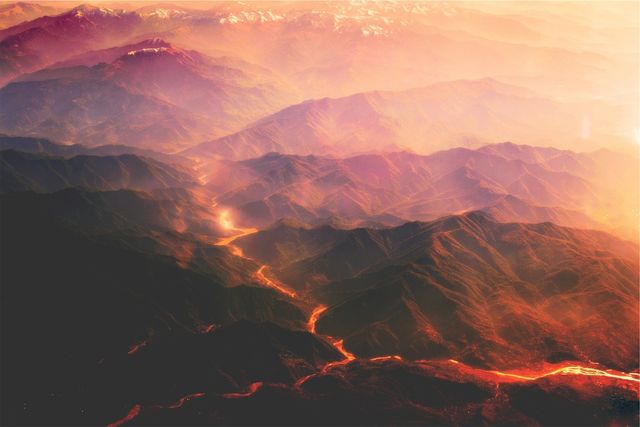
US scientists say the next big source of lithium could well be supervolcanoes.
With global demand for lithium set to soar over the next 20 years, it has never been more important to secure new sources. Now US scientists say they have found it: in supervolcanoes. While Australia and Chile currently dominate the lithium landscape, the need to diversify the supply of the metal has never been greater.
Demand for lithium set to boom
Although current annual consumption of lithium is relatively small compared to the estimated global economically extractable lithium reserve, experts predict future demand will make the supply and demand balance critical by 2030.
Lithium is essential in the manufacturing of battery-powered electric cars and other renewable energy technologies. Battery manufacturers, such as Tesla, are ramping up their capacity. Electric cars are forecast to outsell gasoline and diesel models by 2040, with China the biggest growth market. In less than 25 years, it’s predicted electric vehicles could total about 530 million — a third of the global total.
How do we extract lithium from supervolcanoes?
A supervolcano is a volcano on a massive scale, but it differs from a regular volcano because it erupts far less frequently (eruptions are hundreds of thousands of years apart and with much more force). Unlike cone-shaped volcanoes, they form a depression called a caldera, and are often surrounded by a higher ridge.
Calderas in western North America look promising because lithium leaches from eruptive products and becomes concentrated in clays within caldera lake sediments. Experts say these deposits are at potentially economically extractable levels.
A recent assessment of the McDermitt-Kings Valley deposit in Nevada has identified it as the largest lithium resource in the US. Meanwhile, Tesla Motors has selected the lithium clay deposit in Sonora, Mexico, as the future supply for its “giga-factory” in Reno, Nevada.
What does this mean for the mining industry in Australia?
Australia is still the world leader in lithium production, according to Bloomberg, with an output accounting for 40.5 per cent of the world’s total in 2016. The current market share is dominated by Australia and Chile who, together, account for more than three-quarters of the world’s lithium production.
Australia is also home to the largest and oldest lithium mine — the Greenbushes mine — owned by Tianqi Lithium and Albemarle. Western Australia has four operations in production and three more major projects in the pipeline. Pilbara Minerals is also ramping up development of its $234 million lithium-tantalum project, Pilgangoora, in WA’s North-West.
Lithium extraction methods differ in Australia and Chile, as Australian lithium reserves are mostly hard-ore, while Chile reserves are in brine deposits. However, despite these new discoveries in North America, Australia is still poised to remain a major player in lithium mining. Benchmark Mineral Intelligence reckons companies owever
big companies are likely to continue scoping out deals in WA to secure supply for the next 20 or 30 years.
Is lithium the new next big thing?
It certainly seems like it. Prices for lithium carbonate jumped 335 percent between 2004 and 2016. And while North American deposits could take years to start recovering, Australia is still leading the way in production and expansion. So perhaps the new waves of Australian mining jobs will be in this valuable resource — although without the supervolcanoes.
If you’re looking for your next exciting mining job, get in touch with the team at Mining People International.